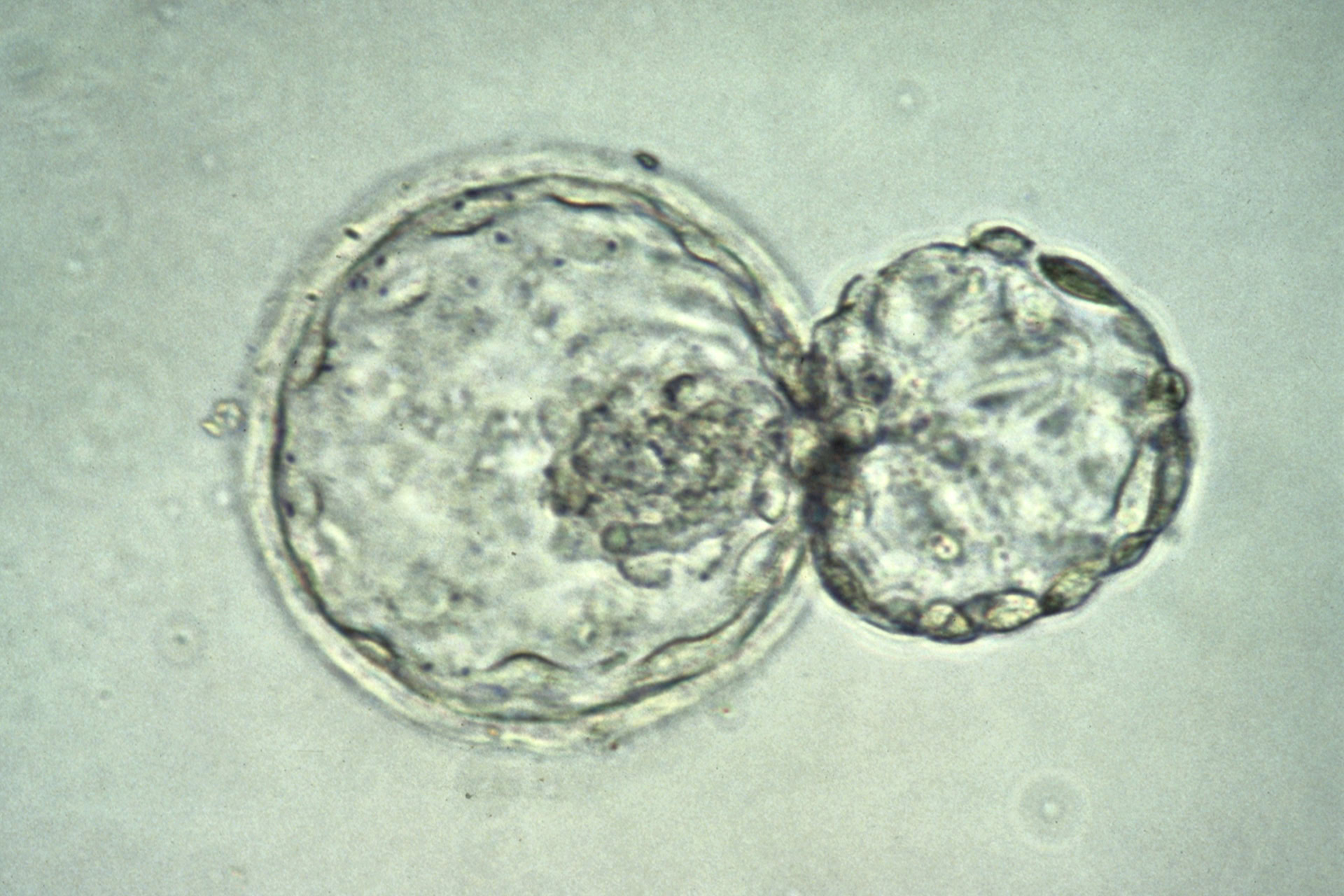For the first time, researchers have successfully developed models of early-stage human embryos using stem cells.
Two research groups have reported the development of new human blastocyst cell models, called blastoids. Until now, only later stage embryo models have been successfully cultured in vitro using stem cells. The models could help advance the study of miscarriage and birth defects, which are largely attributed to events at early stages of development.
'We're very excited,' remarked Dr Jun Wu, from the University of Texas Southwestern Medical Centre, and senior author of one study. 'Studying human development is really difficult, especially at this stage of development. It's essentially a black box,' he added.
Blastocysts are the first cluster of cells that form when a fertilised egg cell divides. After seven or eight days, the blastocyst implants on the uterine wall, and from here can develop into a fetus. Current research relies on small numbers of donated human embryos, and mouse models.
The two separate studies were published in the journal Nature, alongside preprints of two further studies reporting similar results that have not yet been peer-reviewed (see bioRxiv and bioRxiv). Both teams cultivated three-dimensional models of blastocysts in a dish, using human cells. Dr Wu's group (see Nature) used two types of human pluripotent stem cells (hPSCs) – originating from human embryos, or adult cells that had been induced to return to a stem-cell like state. In contrast, the second group (see Nature), led by Professor Jose Polo at Monash University in Melbourne, Australia, used induced pluripotent stem cells (iPSCs) derived from adult skin cells.
Each team obtained similar results, and found that cells self-organised into blastoids in vitro after culturing for six to eight days. Importantly, the blastoids resembled natural blastocysts in size and shape, and sequencing revealed that they were also genetically very similar. Furthermore, both groups were able to coax blastoids to 'implant' on artificial plastic sheets that resembled the uterus lining. However, based on mouse studies, the authors do not predict blastoids will have the capacity to develop into viable embryos.
Despite not being natural human blastocysts, neither team allowed the blastoids to grow beyond the equivalent of a 14-day old embryo, following strict rules issued by the International Society for Stem Cell Research (ISSCR). It is not clear whether the artificial models must adhere to these rules, and the ISSCR is due to release updated guidelines in May.
The advance has been heralded as a breakthrough by experts in the developmental biology field. 'The research provides an important new cell model to investigate human early development, which could lead to a better understanding of infertility and early pregnancy loss,' said Dr Peter Rugg-Gunn, group leader at the Babraham Institute in Cambridge who was not involved in the studies.
Both research groups acknowledged the need for further protocol optimisation, with both high variability and only ten to 20 percent efficiency of blastoid formation reported in each study. Despite this, the authors believe the potential benefits of the models are promising.
Professor Polo concluded: 'The capacity to work at scale, we think, will revolutionise our understanding of these early stages of human development.'
Sources and References
-
Scientists form human cell clumps that act like early-stage embryos
-
Blastocyst-like structures generated from human pluripotent stem cells
-
Modelling human blastocysts by reprogramming fibroblasts into iBlastoids
-
First complete model of the human embryo
-
Australian-led international research team generates the first model of early human embryos from skin cells
-
Generation of human blastocyst-like structures from pluripotent stem cells
-
Reconstructing human early embryogenesis in vitro with pluripotent stem cells
-
Lab-grown structures mimic human embryo's earliest stage yet







Leave a Reply
You must be logged in to post a comment.